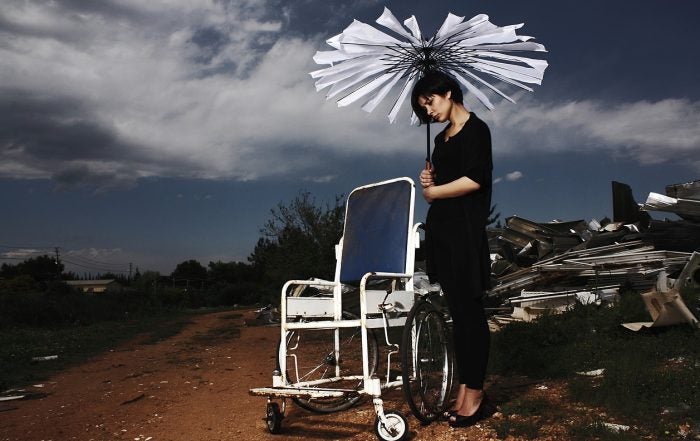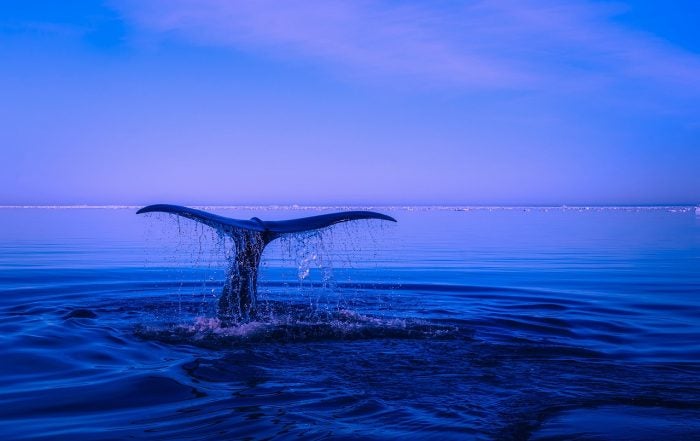Home » Biology (Page 2)
Category Archives: Biology
Feeding 8 Billion People: Engineering Crops for Climate Resiliency
By Shaina Eagle, Global Disease Biology ’24 Feeding the world’s 8 billion– and growing– people [2] is an Augean task that requires cooperation between farmers, scientists, government agencies, and industry stakeholders across the globe. Agriculture and climate are deeply intertwined and climate conditions play a critical role in determining agricultural productivity and have a significant […]
Tau Proteins for Early Diagnosis of Alzheimer’s Disease: A Literature Review
By Yoonah Kang, Neurobiology, Physiology, and Behavior ’24 Author Bio : I am a third year student studying Neurobiology, Physiology, and Behavior. I always enjoyed biology in middle school and high school. I became interested in neurobiology through the AP psychology class in high school because I really enjoyed the section about the biology behind […]
Preliminary evidence for differential habitat selection between bird species of contrasting thermal-tolerance levels
By Phillips. Author’s note: Since coming to college, I have wanted to conduct research on the environmental impacts of agriculture and contribute to efforts to make farming work for both people and nature. In pursuit of this goal, I signed up as an intern with Daniel Karp’s agroecology lab in my freshman year and stayed […]
Interview: John Davis
By Isabella Krzesniak. INTRODUCTION John Davis is a 5th year Ph.D. candidate in the Integrative Genetics and Genomics graduate group at UC Davis. He works in the Maloof Lab and uses bioinformatics to analyze genetic variation among native California wildflowers in the Streptanthus clade in different environments and uses data to create gene models. The […]
Canine Cloning: History and Recent Trends
By Sara Su, Animal Science and English ’24 INTRODUCTION In 1996, Dolly the sheep was the first mammal to be successfully cloned [1, 2]. Since then, 22 other animal species have been cloned, including rats, mice, cattle, goats, camels, cats, pigs, mules, and horses [3-12]. Among these, about 19 species have clones surviving to adulthood. […]
Is Rejuvenating Research Akin to the Fountain of Youth?
By Barry Nguyen, Biochemistry & Molecular Biology Authors note: I have always been interested in the aging research field. So much so, I watched ALL 8 podcasts episodes of Dr. David Sinclair’s aging podcast during the summer (which can be found on Spotify–highly recommend). A lot of the discussion is centered around developments in rejuvenating […]
The Fungus Among Us: Fungal Presence in Cancerous Growths
By Mirabel Sprague Burleson, Biological Sciences ‘24 Cancer can contaminate nearly every tissue in the human body, arising from complex and diverse mutations that impact many genes. It’s incredibly widespread and lethal and is currently one of the most common causes of death in the United States, second only to heart disease by a small […]
Could Training the Nose Be the Solution to Strange Post COVID-19 Odors?
By Bethiel Dirar, Human Biology ’24 Author’s Note: I wrote this article as a New York Times-inspired piece in my UWP102B course, Writing in the Disciplines: Biological Sciences. Having chosen the topic of parosmia treatments as a writing focus for the class, I specifically discuss olfactory training in this article. In the midst of the […]
Western Sandpiper Population Decline on the Pacific Coast of North America
By Emma Hui, Biological Sciences ‘26 INTRODUCTION The migration of Western Sandpipers from the high Arctics to Southern California has always been a treasured gem in the fall. Yet as decades roll by, Western Sandpiper populations have been in continuous decline, and the rugged coastline of the Pacific Northwest seems lonelier than ever [1]. As […]
Review of Literature: Use of Deep Learning for Cancer Detection in Endoscopy Procedures
By Nitya Lorber, Biology and Human Physiology ’23 Author’s Note: I think now more than ever, the reality of artificial intelligence is knocking on our doors. We are already seeing how the use of AI programs are becoming more and more normalized for our daily use. AI is now driving our cars, talking to us […]

